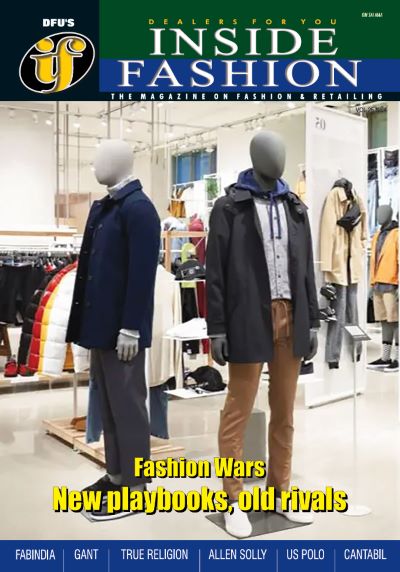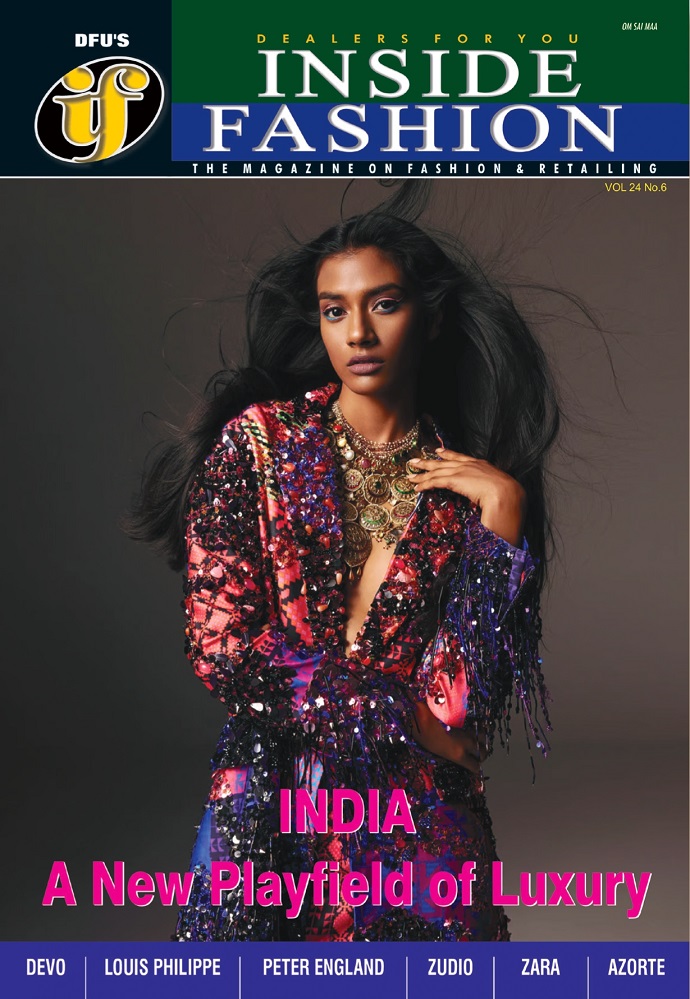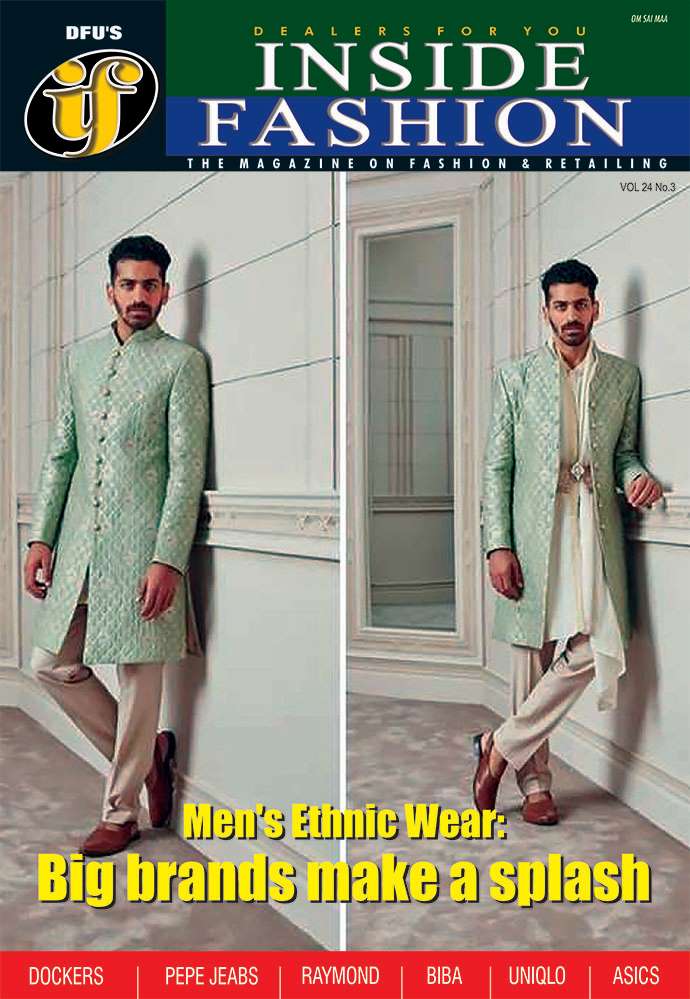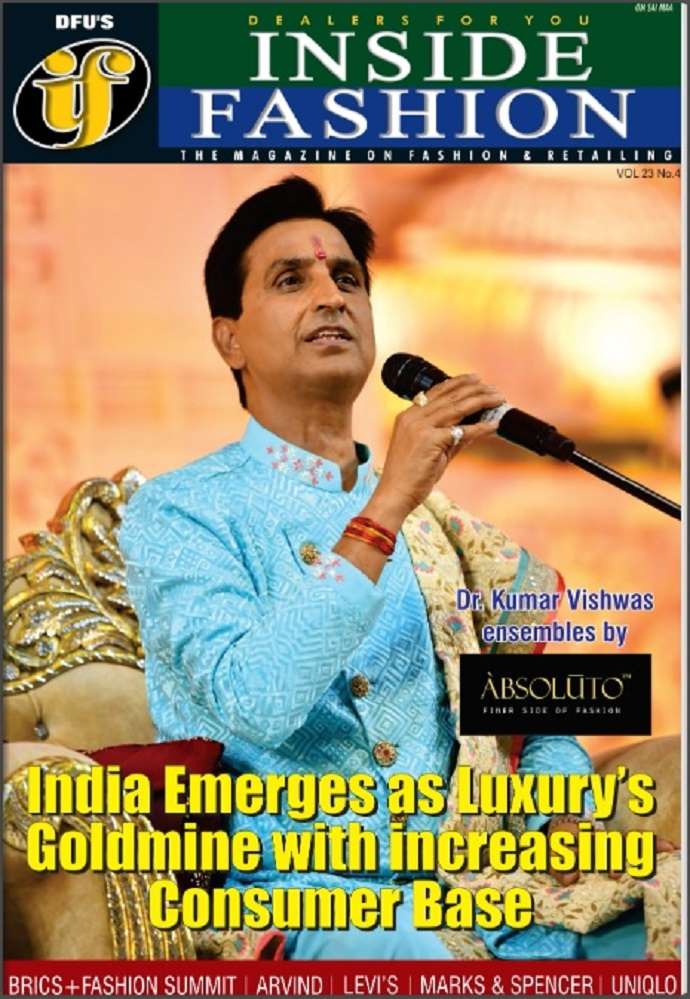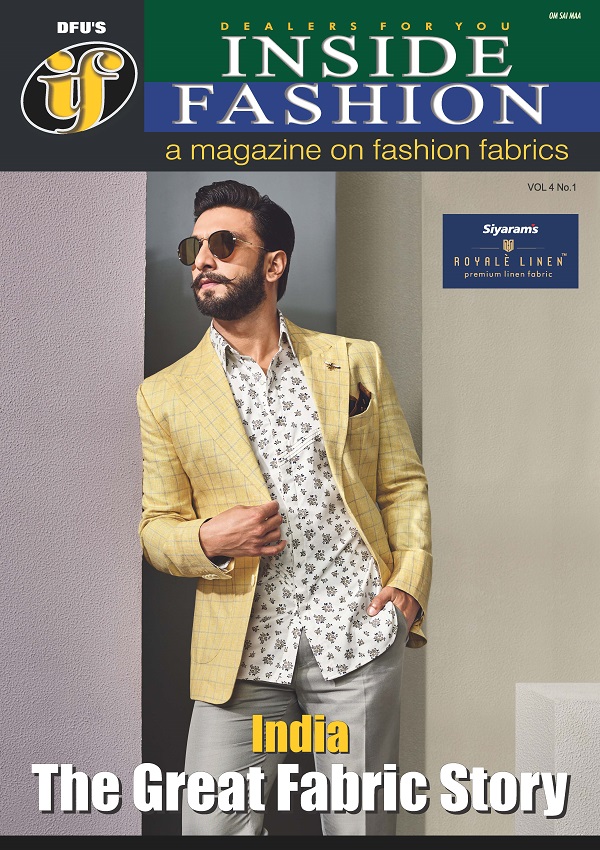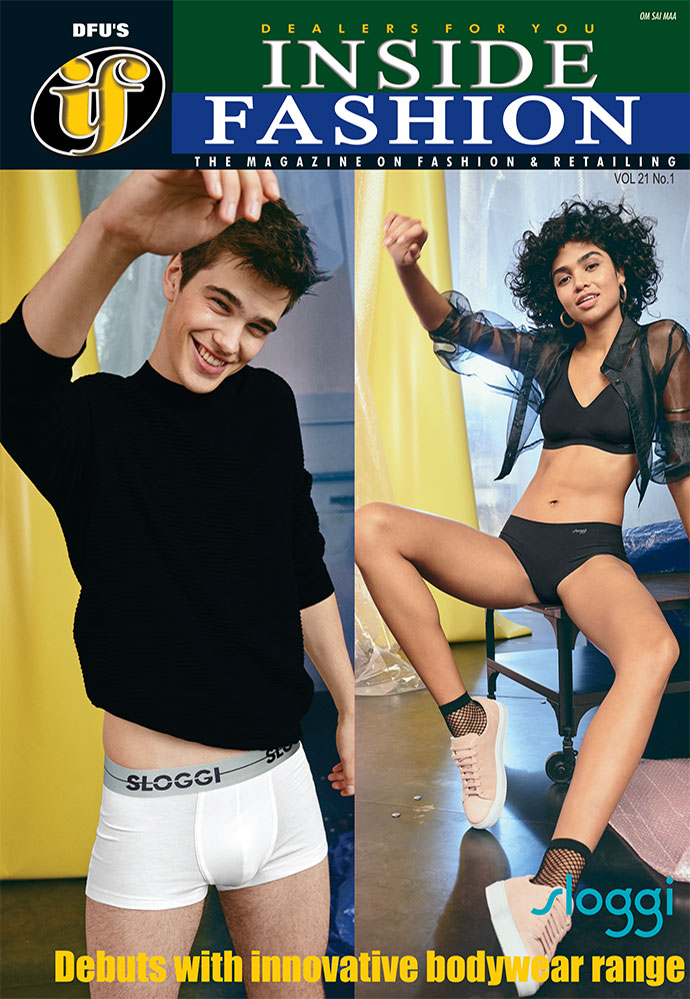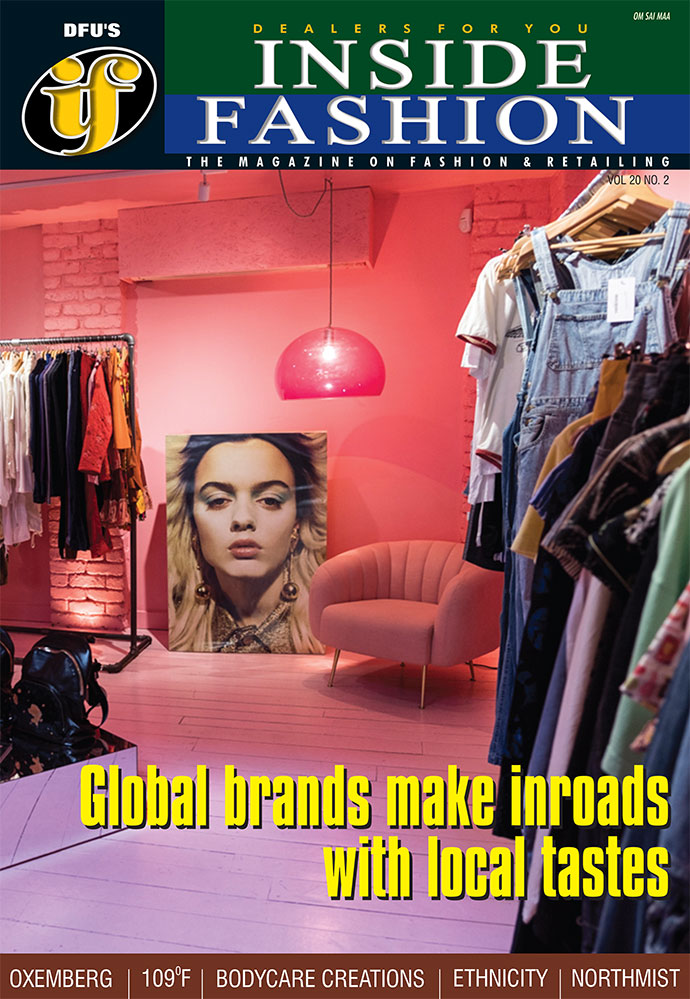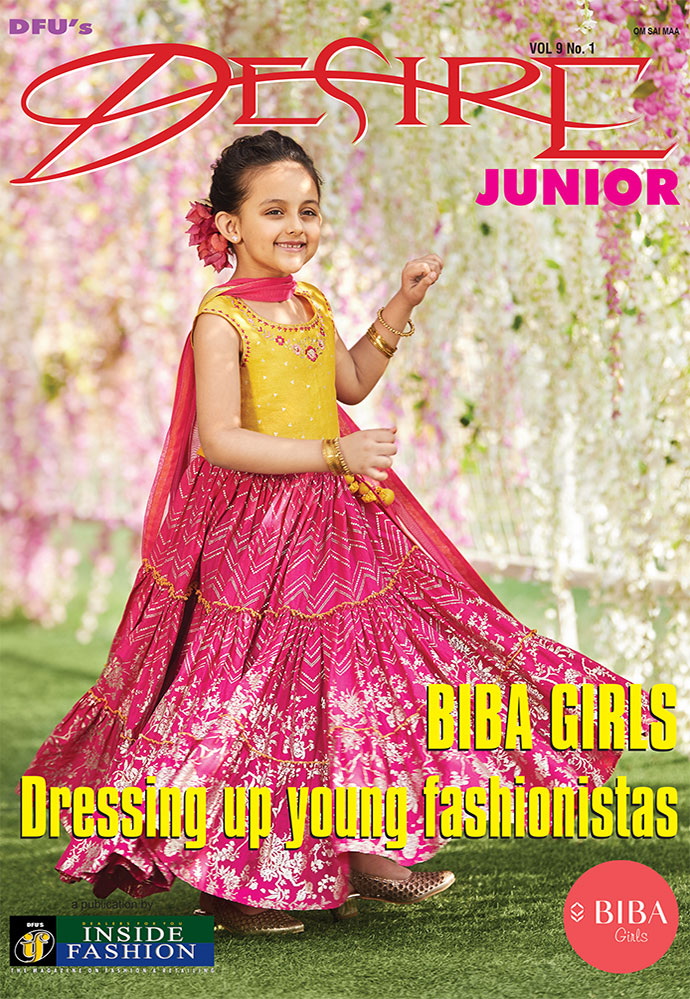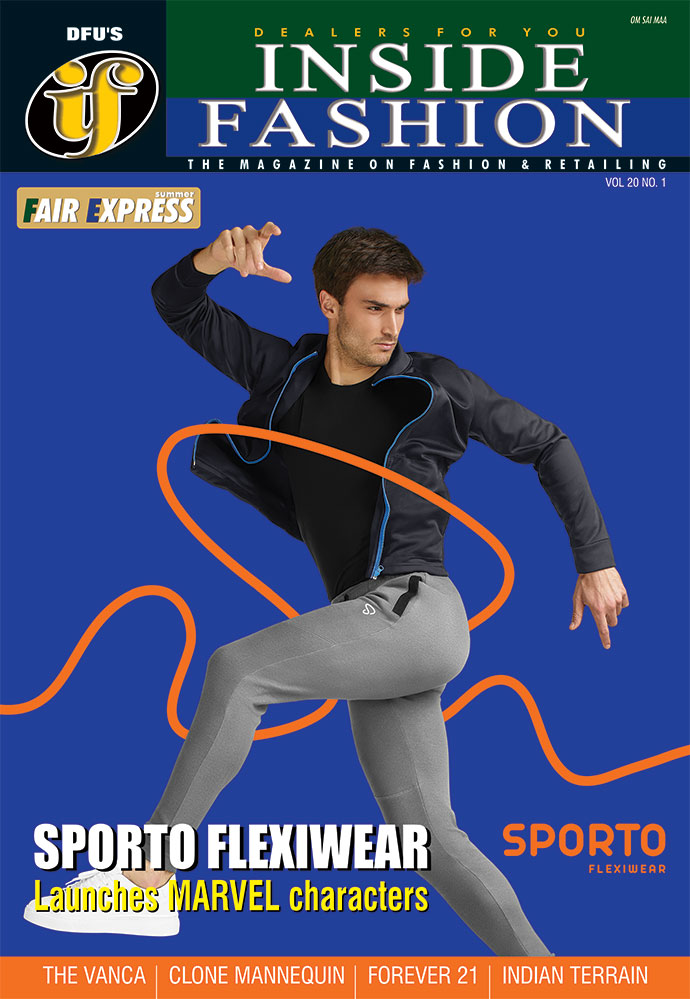From sale seasons to seamless shopping, how e-commerce is flattening the festive curve

03 November 2025, Mumbai
India’s e-commerce market is entering a new phase, one where year-round engagement is replacing the adrenaline rush of festival-driven spikes. A recent study by Redseer Strategy Consultants, ‘India's Evolving Online Retail: Navigating Festive Peaks and Year-Round Stability’, reveals a decisive structural transformation underway: the era of the ‘festive peak’ may be drawing to a close.
For the fashion and apparel sector, this evolution signals a fundamental recalibration in how brands plan, market, and engage.
As the digital consumer matures, the once-dominant sale season strategy is giving way to a model powered by continuous interaction, hyper-local personalization, and technology-led discovery.
Festive Fatigue: Fashion’s easing dependence on sale cycles
As per Redseer’s data categories like mobiles and electronics remain the most volatile displaying a Seasonality Index Difference of up to 1.7, reflecting dramatic swings between festive and non-festive months.
In contrast, fashion, home, and furniture have emerged as moderately seasonal, indicating that shoppers are now spreading their spending more evenly across the year.
This moderation is not just statistical it reflects behavioral change. The once frenzied festive sale period, typically spanning September-October, has lost some of its urgency.
In the 2025 season, fashion saw only low single-digit growth during the initial leg of festive sales, even as platforms offered deep discounts. The reasons are structural: round-the-year discounting, heavy inventory availability, and frequent online campaigns have trained consumers to shop on demand rather than wait for mega-sale events.
|
Online retail category |
Seasonality Index (varying demand) |
Implications |
|
Mobiles & Electronics |
Highly Seasonal (Index ≈ 1.3 - 1.7) |
Manage extreme operational peaks; create demand in lean months. |
|
Fashion & Home |
Moderately Seasonal |
Focus on consistent engagement; leverage technology to drive non-festive demand. |
|
Grocery, Beauty & Personal Care |
Highly Stable (Low Volatility) |
Drive consistent traffic; leverage stability for cross-category growth. |
Industry stakeholders say the shift is forcing brands to rethink growth levers. “We no longer look at Diwali as the sole performance driver. Micro-engagements, social commerce, and influencer drops now define the conversion rhythm,” says a senior marketing head at a leading online fashion platform.
From festival peaks to daily micro-moments
The structural focus in fashion e-commerce is powered by two trends: broader market expansion and digital-first consumer evolution.
A market maturing at speed: India’s apparel and footwear market is projected to rise from $67.3 billion in 2024 to $109 billion by 2030, at a CAGR of 8.45 per cent.
Online retail is capturing an outsized share of that growth, forecast to expand by $36 billion between 2024 and 2029, with penetration expected to reach 25 per cent by 2030, up from 15 per cent in 2023.
Fashion today accounts for 42 per cent of India’s non-grocery e-commerce, making it the largest discretionary spending category online. For platforms, that scale demands consistent demand engineering, not episodic sales dependence.
|
Metric |
2024 Data (estimated) |
2030 Projection (estimated) |
CAGR |
|
Apparel & Footwear Market Value |
$67.3 bn |
$109 bn |
8.45% (2024-2030) |
|
Online Fashion Retail Growth |
N/A |
Projected to grow by $36.01 bn |
22.2% (2024-2029) |
|
Apparel Share of Non-Grocery E-commerce |
42% |
N/A |
N/A |
|
E-commerce Penetration in Fashion |
15% (2023) |
25% |
N/A |
Tier II and Gen Z drive the new demand
Redseer’s analysis indicates that Tier II+ cities now contribute 45 per cent of all online apparel sales, marking a seismic shift in India’s retail geography. Consumers in these markets are not occasional bargain hunters they are repeat buyers driven by aspiration, affordability, and access.
Meanwhile, Gen Z shoppers are reshaping fashion’s consumption curve. Expected to contribute 20-25 per cent of online fashion spend, they exhibit a strong preference for fast fashion, creator-led discovery, and sustainability messaging. At the other end of the spectrum, affluent urban consumers are leading growth in premium and luxury fashion, creating a two-speed market unified by digital convenience.
Technology as the new seasonality
E-commerce platforms and D2C brands are responding by deploying a new arsenal of engagement technologies aimed at dissolving demand peaks and filling the valleys.
Strategy/Technology Industry use case & impact Social & Video Commerce Brands utilize Instagram Reels/YouTube Shorts and platforms like Flipkart Video to create styling tips and product highlights.
This drives high-velocity, impulse buys by generating desire instantly, thus smoothing out demand in non-festive periods.
Augmented Reality (AR) & Virtual Try-Ons Platforms like Nykaa use "Try It On" filters and eyewear retailers like Lenskart offer 3D try-on features. This reduces the primary friction point in online fashion (size/fit/returns), leading to increased conversion and customer confidence year-round.
Personalized Commerce (WhatsApp/D2C) Brands use WhatsApp Commerce for limited-edition previews and personalized chat selling. This creates artificial scarcity and excitement (e.g., Tanishq’s limited jewelry previews) in slow periods, driving exclusive demand and loyalty outside the mass sale events. AI in Assortment Retailers use AI-driven analytics to identify hyper-local and micro-trends, enabling the launch of exclusive, region-specific collections that generate localized demand independent of national festivals.
This always-on commerce architecture represents a deeper operational evolution. Brands are no longer just selling products they are selling moments, recommendations, and interactions. AI, data analytics, and influencer ecosystems are becoming the new festive engines.
Social commerce the silent revolution
Perhaps the most significant enabler of this transformation is social commerce, which merges entertainment, discovery, and purchase.
Projected to touch $70 billion by 2030, social commerce will account for nearly 20 per cent of all online retail transactions, according to multiple industry estimates. More than 60 per cent of these sales are expected to originate from Tier II and III cities, where creator-led storytelling resonates more deeply than celebrity endorsements. Platforms like Meesho, Trell, and Myntra Studio are capitalizing on this behavioral shift embedding commerce directly into social experiences. “Social commerce isn’t just an add-on it’s the new storefront,” says a senior Redseer analyst. “It allows brands to sustain engagement throughout the year and democratize discovery beyond metros.”
Read our latest issue
The future, engagement over event
The implications are profound. The Indian fashion e-commerce ecosystem is evolving from an event-driven, discount-heavy playbook to one rooted in frequency, personalization, and retention.
The Festive Peak era may have defined the last decade of digital retail, but the next decade will be defined by seamless, year-round relevance. In this new paradigm, brands that win are not those with the biggest sale but those that stay closest to their customers, every single day.
Latest Publications



